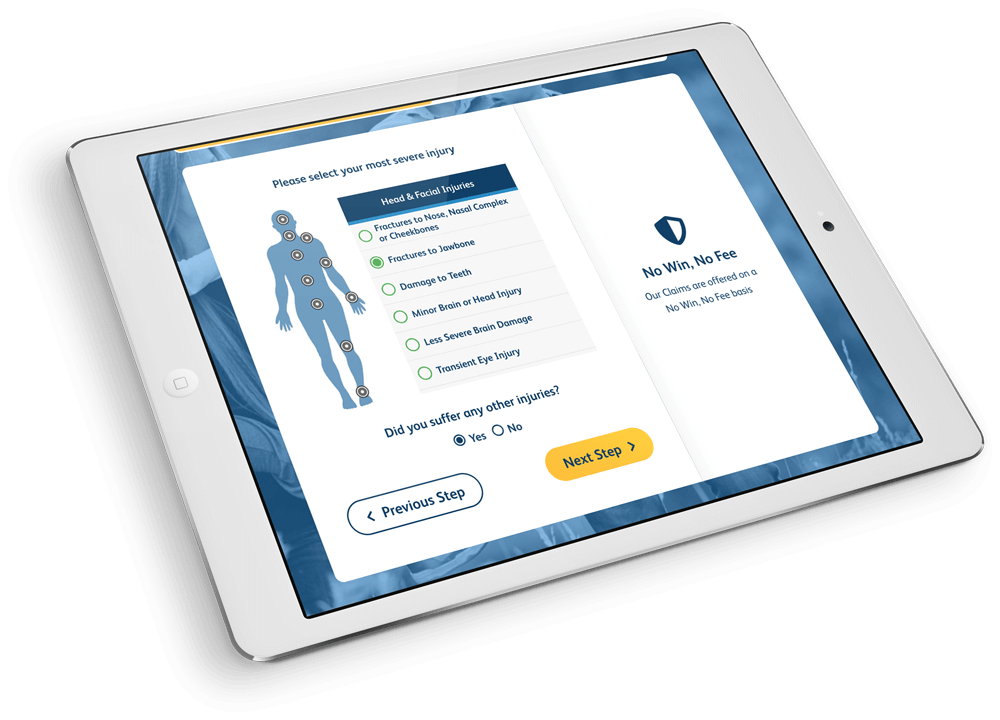Sepsis cases continue to rise at an alarming rate. How to spot the silent killer?
Terrifying statistics show that sepsis causes 1 in 5 deaths worldwide and is continuing to claim more lives each year.
The number of people who die from sepsis exceeds all deaths from prostate, lung and breast cancer combined. Our experts look at the rising number of cases and examine what is behind the increase and the signs and symptoms people need to look out for.
WHAT IS SEPSIS?
Sepsis is a blood infection and occurs when the body’s immune system overreacts to an infection. Fighting the infection can result in inflammation throughout the body and damage to organs and tissues. If not treated quickly and effectively it can result in multi-organ failure and death. Early diagnosis and treatment is vital.
WHAT IMPACT IS SEPSIS HAVING ON PUBLIC HEALTH?
International research published in The Lancet in January 2020 estimates that the number of deaths from sepsis has doubled from 2016 to 2017. In 2016, there were 5.3 million deaths and 19.4 million cases. But in 2017 the number of deaths massively jumped to 11 million with over 48.9 million cases across 195 countries. Although sepsis is the number one killer, public awareness, although growing, is still relatively low.
Dr Ron Daniels, Chief Executive of the UK Sepsis Trust, said sepsis is responsible for killing up to 47,860 people a year in the UK.
SO WHY ARE SEPSIS RATES INCREASING?
There are a multitude of reasons the rates of sepsis could be increasing. The first, is that medical professionals are more aware of it and it is more commonly being cited as cause of death or recognized on patients during assessment. One study found that sepsis was only written on the death certificate in 40% of cases where patients had died from the condition.
The other issues is public awareness as medical treatment can only do so much. If a patient is suffering from sepsis symptoms, they need to have some awareness of it in order to flag it to a medical professional. While procedural changes have meant that paramedic teams now alert hospital teams of incoming sepsis, similar to practices for stroke and heart attack patients. Incentives have also been put in place to reward ‘good practice in sepsis care’, urging NHS staff to treat sepsis patients within an hour. So while practices are increasingly being put in place in our healthcare buildings, work needs to be done to educate the public so this case figure can drop.
Doctors have recently warned that antibiotic resistance is an increasing concern and growing reason for sepsis case growth. In 2017, the World Health Organisation ordered its member states to develop an action plan to tackle the growing problem. While in some countries, sanitation and clean water is a priority, in the UK antibiotic resistance is the main concern. For every hour before the correct ones administered, risk of death increases.
WHAT ARE THE SIGNS AND SYMPTOMS OF SEPSIS?
Anyone can be affected by Sepsis. However certain age groups are more vulnerable. There is a strong correlation between advanced age and the incidence of sepsis, with a sharp increase in the number of cases in patients over 50 years. Children are also at risk with 4 in 10 cases affecting children under the age of five.
Symptoms of sepsis can also depend on the organ affected. For example, sepsis in the brain can cause confusion, while sepsis in the lungs can cause difficulty breathing.
A child may have sepsis if he or she:
- Is breathing very fast
- Has a ‘fit’ or convulsion
- Looks mottled, bluish or pale
- Has a rash that does not fade when you press it
- Is very lethargic or difficult to wake
- Feels abnormally cold to touch
Under 5:
- Is not feeding
- Vomiting repeatedly
An adult may have sepsis if:
- Slurred speech or confusion
- Extreme shivering or muscle pain
- Passing no urine (in a day)
- Severe breathlessness
- Skin is mottled or discoloured
Trust your instincts! Early detection and treatment can save lives. If you feel you may have early signs of sepsis, contact NHS 111, but call 999 if you have the symptoms of severe sepsis.
Over recent years we have seen an increase in negligence cases. Sadly in many cases this has involved death or serious life changing injuries. It is important that if someone tragically dies as a result of failure to treat or misdiagnosis of sepsis then it is properly investigated so lessons can be learnt for the future.
Daughter fights for justice after her mum died of sepsis following negligent care at care home
Hampson Hughes Solicitors and their experienced and dedicated clinical negligence team have acted for many claimants affected by sepsis. If you or a family member have been a victim of clinical negligence, contact us on or , for a free initial consultation.







